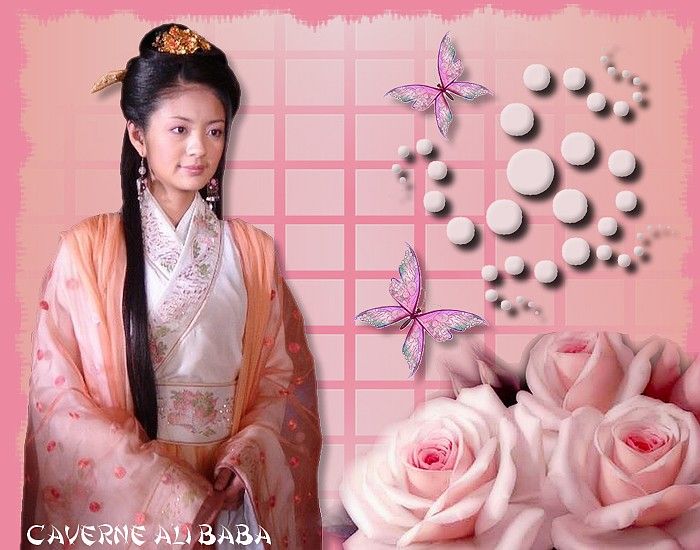

This, in turn, offers up insights into their own interior landscapes, generating greater self-awareness. Kurama-dera) became a major center for Shugendo practices, a Japanese esoteric tradition that focuses on severe austerities to initiate practitioners into the physical elements of the mountain, its dense forests, streams, and waterfalls, so that they can experience its sacred dimension. A-un-no-tora), representing inhalation and expiration, the first and last sounds of the Sanskrit alphabet, these pairs of tigers symbolize the beginning and the end of all life. Pairs of tigers, messengers of Bishamon-ten, guard the way leading up to the temple, as well as its main hall ( hondo).

Vaisravana/Kubera), the king of the yakshas and guardian of the north, regarded as a powerful protector of the city of Kyoto. The Kuruma temple complex is said to have been built on Ryu-ketsu (‘dragon hole’), a site thought to be imbued with concentrated ‘spiritual energy.’ Founded in 770 by Gantei, a disciple of Ganjin, the Chinese monk who introduced Buddhism to Japan, the temple was originally dedicated to Bishamon-ten (Skr. The warrior monks, in turn, also took on the guise of the tengu to deter the uninitiated. Over the centuries, the tengu became closely associated with these warrior monks and often took on their form. The kami is said to have been dressed in the garb of an itinerant mountain ascetic, a yamabushi (lit., ‘to prostrate oneself in the mountains’), or shugenja (a follower of the path of Shugendo, lit., the ‘Way of Cultivating Supernatural Power’) of Mt. Legend has it that one day he encountered the white-haired Sojobo, the oldest and wisest of the tengu, who instructed him in the arts of swordsmanship ( bugei). The small shrines in this clearing are revered as the place to which the young Ushiwakamaru, later known as the renowned samurai Minamoto no Yoshitsune (1159-1189), was exiled on Mount Kuruma to become a monk. Kurama, there is a ravine, known as the Sojogatani. In this way, the elusive tengu form a complementary yet antithetical part of a configuration which can be likened to Gananath Obeyesekere's description of the Sri Lankan Buddhist pantheon, which can incorporate non-Buddhist deities so long as they are seen to be subordinate to the Buddha. The 17th-century scholar, Mori Shoken (1653-1746), followed by the 18th-century Kyokutei Bakin (1767–1848), recognized the antiquity of this deeply entrenched belief in the tengu by relating them to the similarly unruly pre-Buddhist forces of nature in Indian myth and religion, the yakshas, who likewise are closely linked with tree spirits. Tengu share some of their powers with other supernatural yokai (monsters), but their special skills include swordsmanship, the ability to become invisible, healing and transformation. Kurama, the tengu mountain, and tengu territory generally.

The trees with their raised tangled roots symbolize Mt. As wardens of the forests, tengu are said to inhabit the enormous cryptomeria japonica, the national cedars of Japan, known as Sugi (lit., ‘Hair Tree’), which populate the forests. Even today, mountains are still regarded as numinous places that accommodate the spirits of the dead, and people still make food offerings to propitiate the tengu in some areas of Japan, to commune with and placate natural forces. kami), they were conceived as ambivalent spirits trapped in the perpetual cycle of life and death. Worshipped as Shinto deities, or manifestations of spiritual power (Jp. Their animal spirit was visualized with raptor attributes, such as the beak of a kite (small hawk) or crow, later humanized as an exaggeratedly long nose. Uncanny and shape-shifting, the tengu were described as therianthropic creatures, part-human and part-animal in form. The ‘shooting star’ identified as a ‘celestial dog’ in the early 8th-century Nihon Shoki was conflated with these Japanese spirit-deities. Kurama, located in the far north of Kyoto, are the enchanted realm of the elusive spirit-deities of forests and mountains called tengu.


 0 kommentar(er)
0 kommentar(er)
